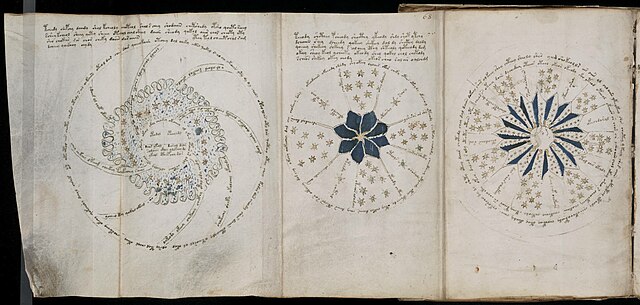Volapük is a constructed language created between 1879 and 1880 by Johann Martin Schleyer, a Catholic priest in Baden, Germany, who believed that God had told him in a dream to create an international language. Notable as the first major constructed international auxiliary language, the grammar comes from European languages and the vocabulary mostly from English. However, the roots are often distorted beyond recognition.
Commemorative inscription for J. M. Schleyer on the wall of the parsonage in Litzelstetten, Konstanz, written in Volapük and German: Menade bal – püki bal Eine Menschheit – eine Sprache (One mankind – one language)
A constructed language is a language whose phonology, grammar, and vocabulary, instead of having developed naturally, are consciously devised for some purpose, which may include being devised for a work of fiction. A constructed language may also be referred to as an artificial, planned or invented language, or a fictional language. Planned languages are languages that have been purposefully designed; they are the result of deliberate, controlling intervention and are thus of a form of language planning.
Page 68r of the Voynich manuscript. This three-page foldout from the manuscript includes a chart that appears astronomical.


